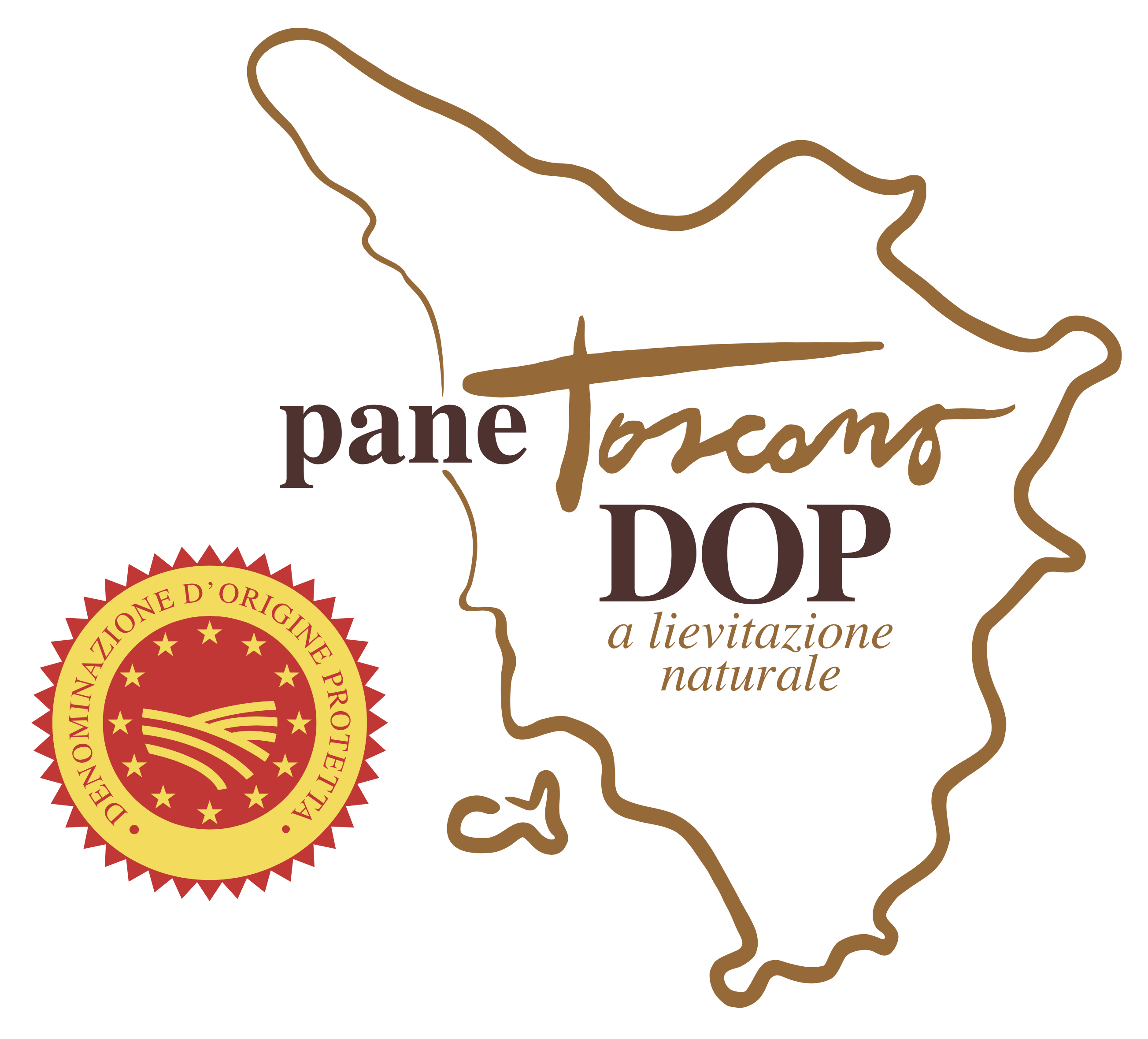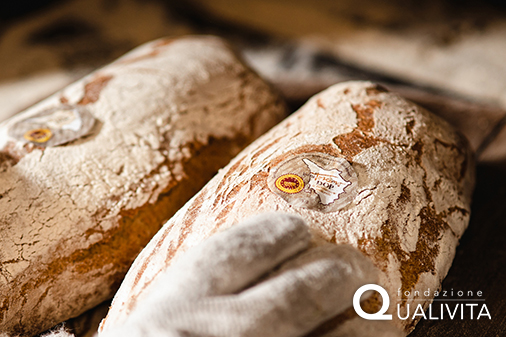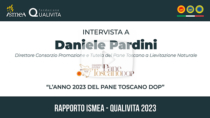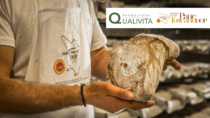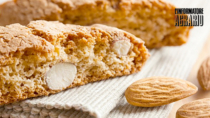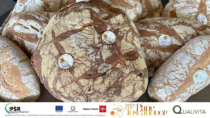Description
Pane Toscano PDO is bread made with type 0, type 1 or type 2 soft-wheat wholegrain flour, including stone-ground, containing wheat germ, mother yeast or sourdough, and water.
Production Area
The production area of Pane Toscano PDO comprises the entire administrative territory of the Tuscany Region.
Production Method
The production process for Pane Toscano PDO starts with making the so-called biga, or first dough, which helps multiply the refreshed “natural yeast”. It is made by mixing 1 kg of type 0, 1 or 2 soft wheat flour containing wheat germ with 500 ml of water and 200 g of mother yeast. The biga is then left to rest for at least 8 hours, after which the final dough is made by adding 200 g of biga to 1 kg of type 0, 1 or 2 soft wheat flour and 550 ml of water. The dough for Pane Toscano PDO can be made either by hand or in a kneader machine. The final dough is then left to rest for at least 20 minutes. This is followed by the dough being divided into portions of various sizes (the so-called “pezzatura”), depending on the weight and shape of the finished product. The portions are left to rest for at least 15 minutes. The previously prepared dough portions are then formed-shaped. The loaves are left to rest for at least 2 hours and 30 minutes before being put in the oven, which can also be a wood oven.
Appearance and Flavour
Pane Toscano PDO is sold in two different sizes: small loaf (rhomboid shape, weighing 450-550 g); large loaf (rectangular, weighing between 900 g-1.10 kg, or rectangular with bevelled corners weighing between 1.8-2.2 kg). The crust is crispy and crumbly, with a dark, dull nut-brown colour; the inside of the bread is white or ivory-white, with characteristic irregular air bubbles. It smells of roasted hazelnuts, while on tasting it is unsalted and slightly sour.
History
The first written testimony on the production of bread without salt dates back to the sixteenth century and was provided by Pier Andrea Mattioli. In 1765, Saverio Manetti wrote about the Tuscan custom of not using salt when making this particular type of bread. He also referred to the use of natural yeast, known as formento in Tuscany, consisting of sourdough that was kept in the madia (a cupboard used to preserve flour). There are numerous documents describing the importance of this unsalted bread in the diet of Tuscan sharecroppers in the nineteenth century; this was because the high price of salt meant it was mainly used to preserve pork.
Gastronomy
Pane Toscano PDO goes particularly well with traditional Tuscan charcuterie products, which are generally very salty, as well as sheep’s cheese. Due to the abundance of crumb it is perfect for soaking up the sauce in meat stews. Pane Toscano PDO is used in a few typical dishes which are made with stale bread, as the leavened sourdough stops mould from forming for as long as 6/7 days. The most well-known of these are pappa col pomodoro, ribollita, zuppa Toscana, and panzanella.
Marketing
The product is marketed as Pane Toscano PDO. It is sold whole or pre-sliced, in food-grade multi-layer packets with windows and/or modified atmosphere packaging. Pane Toscano PDO may also be sold without any packaging. In this case, the product must be identified by a label that is applied directly to the loaf before baking, bearing the PDO logo. Additional references to the production process are also permitted, such as: the wheat variety, "wood-baked", or "stone-ground" for bread produced with soft wheat flour type 1 or 2.
Distinctive Features
The distinctive organoleptic qualities, long shelf life and characteristics of the crust and crumb of Pane Toscano PDO, derive from an ancient salt-free bread-making method and the use of sourdough natural yeast and type 0 soft-wheat flour containing wheat germ, obtained from wheat varieties selected and grown in Tuscany for almost a hundred years.



